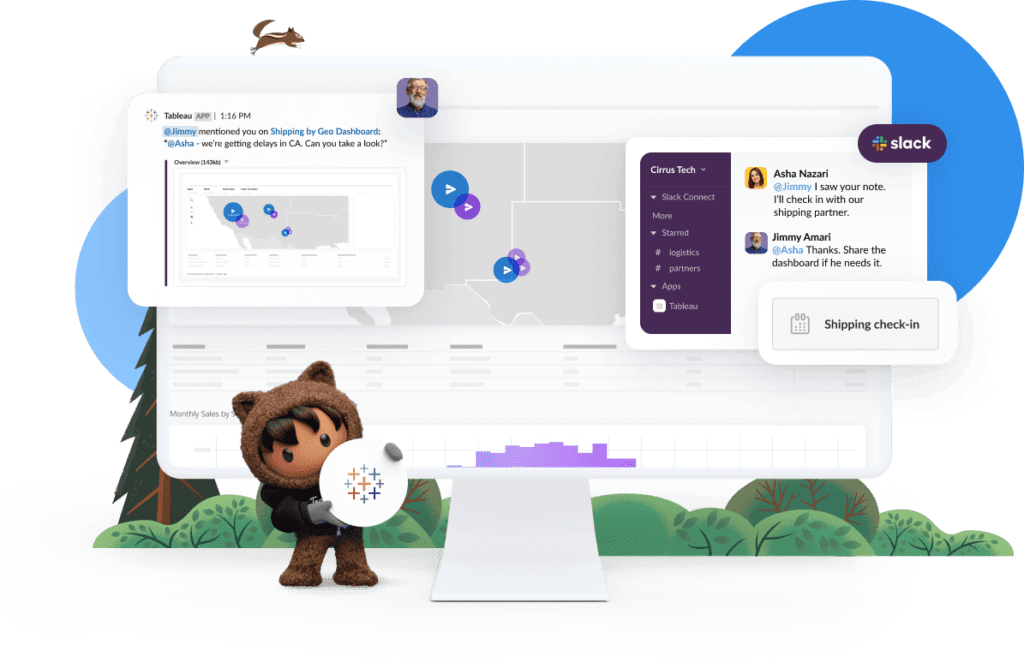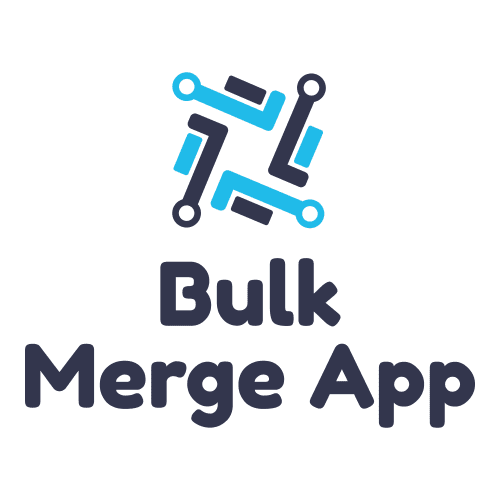How We Merged Salesforce Orgs in Less Than 30 Days
Industry
Advertising
&
Marketing
Project Duration
1 Months
Users
250
Products Used
Sales Cloud
CPQ Plus
Overview
The client is a US-based marketing company that recently obtained a business in the UK. Although both entities are in the same industry, they used different Salesforce systems designed for their respective countries to house their data. Per the merger agreement, the client had a deadline of 30 days to complete the Salesforce org consolidation and fully migrate the newly attained data over to its current system.
A Company Divided
With two separate databases, the company experienced a variety of pain points, including:
- Executive-level employees could not quickly get a big-picture view of both organizations’ datasets.
- The sales team needed to log into two systems to perform duties effectively. This issue especially posed a problem when they needed to operate outside their region.
- Employees and other Salesforce users within the source company found working in two separate programs complicated and unnecessary.
The Goal
The objective of the source company was to combine the secondary organization’s database and its own into one unified Salesforce application. This would result in a more successful way to monitor and manage the two systems’ consolidated information.
Business Challenges
The merger contract stipulated that the source company perform the data migration within 30 days. If the client could not execute the data merge within these time constraints, they would be required to purchase an additional one-year-long Salesforce license.
Another significant challenge faced by the client was merging information with origins in two different countries. Formatting issues related to currency and dates posed problems for all users.
The sales team experienced issues related to the configuration of the two organizations’ sales pipelines. Not having a connected, straightforward set of protocols compromised the processes vital to their sales goals.
C-suite executives needed help getting a single view of their business. They found switching between platforms problematic and time-consuming. They needed a system that presented all their key metrics in an easily digestible and accessible way.
Lastly, the clients needed us to address the above issues with minimal staff training—the strict timeline they were required to adhere to made efficiency vital.
Technical Challenges
Some of the client’s most significant technical challenges were related to the two companies’ locations. The client needed to merge the two databases with all of their varying components without losing or duplicating any information. The merge required more than just migrating objects, however. We needed to consider the following information concerning the data:
- Identifying what datasets to include
- Importing the data
- Identifying duplicate records
- Data mapping
- Transforming the data
- Editing to ascertain what data can be left behind
It was essential for the client to have the new data presented in the same way as the current data. The technical challenge in this aspect was developing the correct mapping while migrating accounts and opportunities with referential integrity.
How Did We Execute the Migration?
Before migration, we developed a plan to detail the importation, exercise data mapping, address duplicates and data transformation procedures, and resolve referential integrity. We then performed pre-migration tests, including user acceptance testing (UTA) and data testing. This planning was crucial to identify what components of the acquisition we could address during migration and which we could address post-migration.
The critical next step included identifying the datasets to include. The acquired database contained information the client wanted to avoid importing into their system. This planning was essential because it precluded time-consuming cleanup in the post-migration period. Further, considering which data is cumbersome is an effective way to simplify the platform.
Working closely with the IT and business teams, we evaluated known challenges to circumnavigate them more effectively. By drawing from their collective and historical experience, we were able to implement an even smoother migration.
To help the client achieve their long-term business goals, we built logic to design a hierarchy for their strategic accounts. We then consolidated the sets of opportunity data and transformed the initial opportunity stages to align with the new stages.
The acquired company offered the client a new group of products and services. As a result, we worked to incorporate these items into the existing product structure and pricing books. We assessed the opportunity and opportunity product data by working off this new product structure before importation. We also developed new pricing rules based on currency to eliminate the confusion that multiple currencies can present.
It was important for the client to preserve their current user experience as much as possible. To this end, we designed page layouts and record types to maintain their users’ existing interaction with the system. To simplify the process for users and to reduce the impact on their workload, we conducted the initial migration before executing the remainder incrementally.
Within the Salesforce environment, we optimized tools to configure prices and quotes for selected users, manage currencies and date formats, and implement roles aligned with the business needs.
The client stressed a need to maintain effective communication with stakeholders through robust and timely reporting. We merged and updated the organization’s reports to maximize the use of the Salesforce reporting functions to meet this need.
Our team used Salesforce and Microsoft Excel tools to execute the migration within the specified timeline. We developed a mapping document for referential integrity and employed the Salesforce data loader for the data migration. Our team retained the existing organization’s detail page configuration by leveraging record types, page layouts, and profiles.
The Results
We accomplished the data migration within the timeline while eliminating the pain points the client was experiencing. The client achieved their goal of merging the data from their acquired business into their existing business. Their C-suite executives were quickly able to view the key metrics for both organizations, their users could perform their work without switching between accounts, and they did not have to purchase an additional Salesforce license. Further, the migration improved their overall data management protocols and allowed for more robust reporting to their stakeholders. Total Salesforce org consolidation time: 23 days.
Client Testimonial
“Due to recent Merger & Acquisitions we sought a Salesforce Partner to assist in data migration and integration with our primary Salesforce Org. Working within a very tight timeline, the Astreca Team worked diligently to help us achieve our integration goals, going above and beyond our expectations. The team is communicative, responsible, and proactive. Astreca delivered on all points of the data migration with the highest level of quality and efficiency and have proven themselves to be a valued partner. We continue to work with Astreca through Managed Services and additional M&A projects and anticipate a long and happy working relationship with the team for years to come.”
If you need more information, please contact us at [email protected] or click contact.
Five stars on customer satisfaction and Salesforce appexchange ratings.









